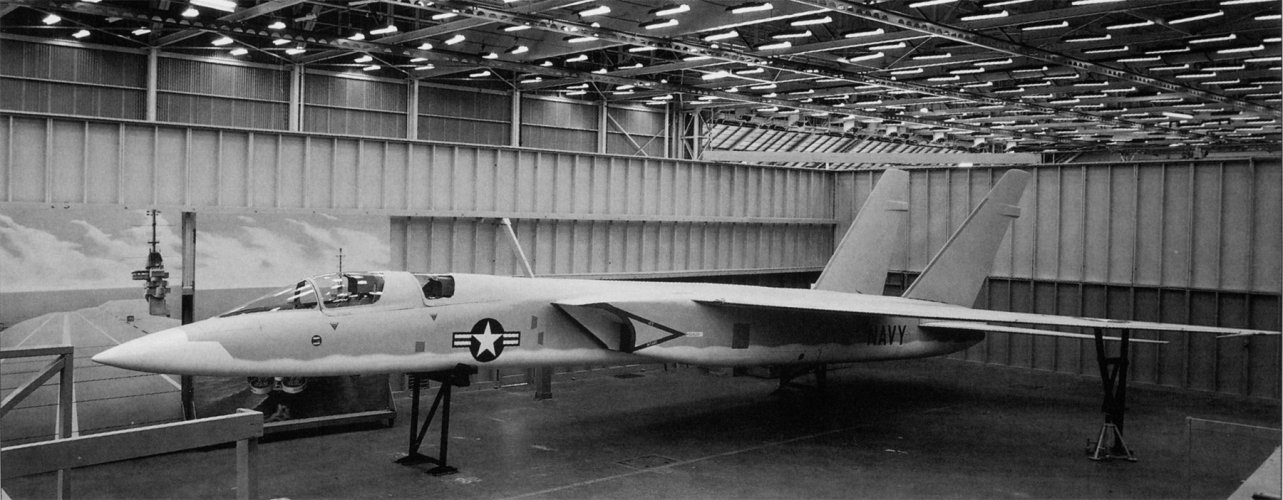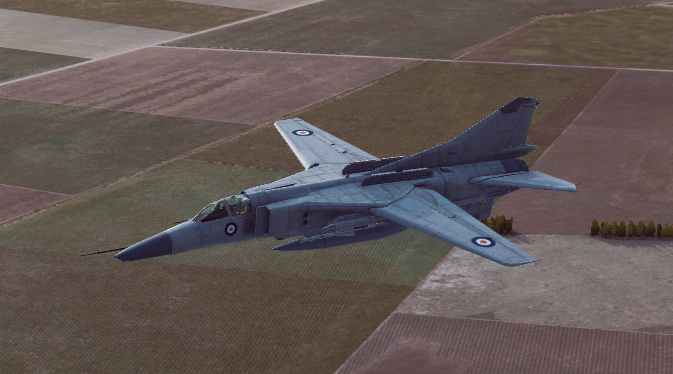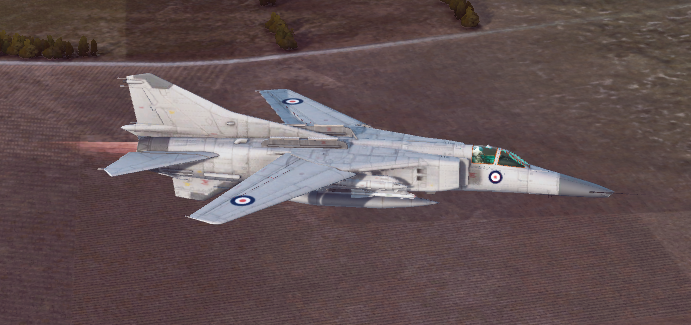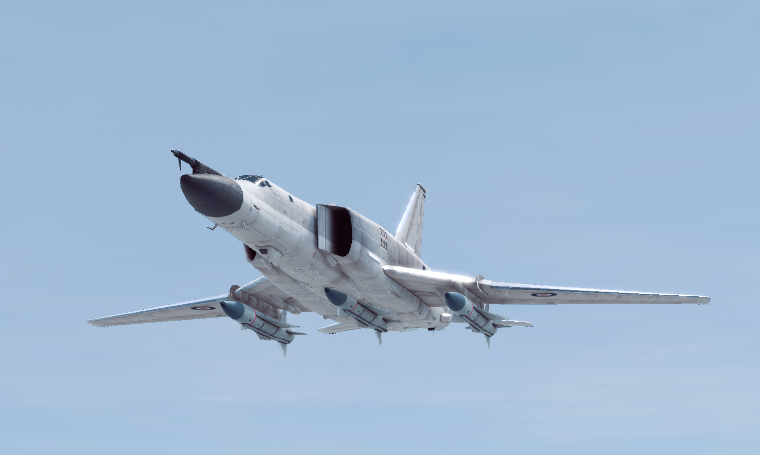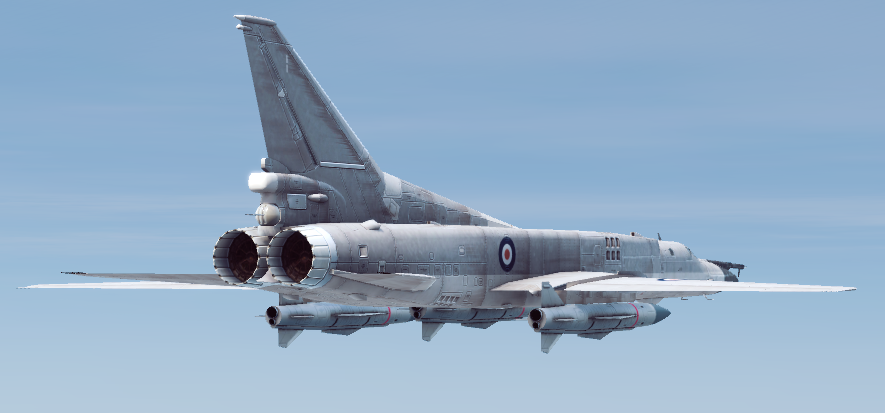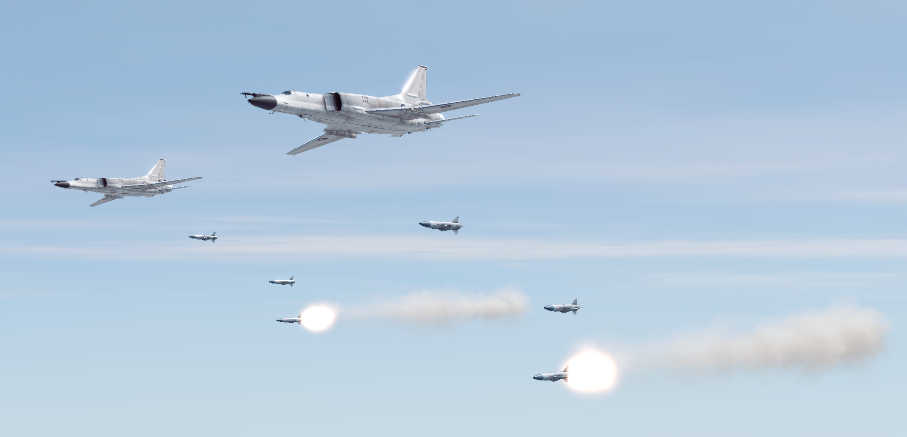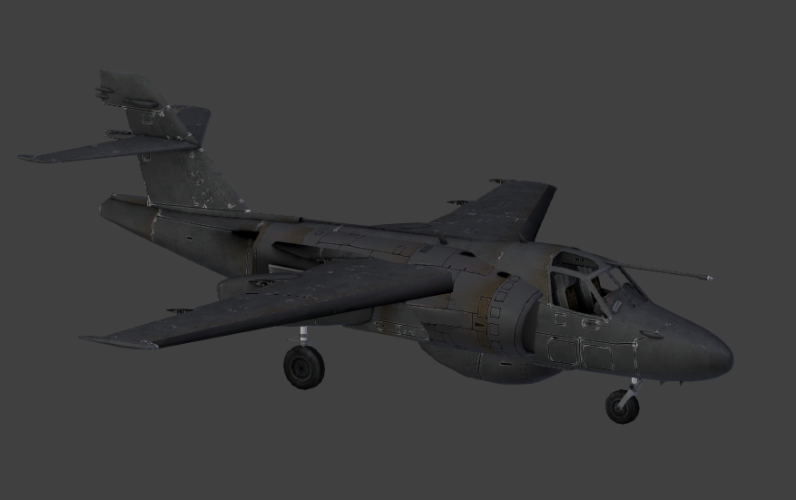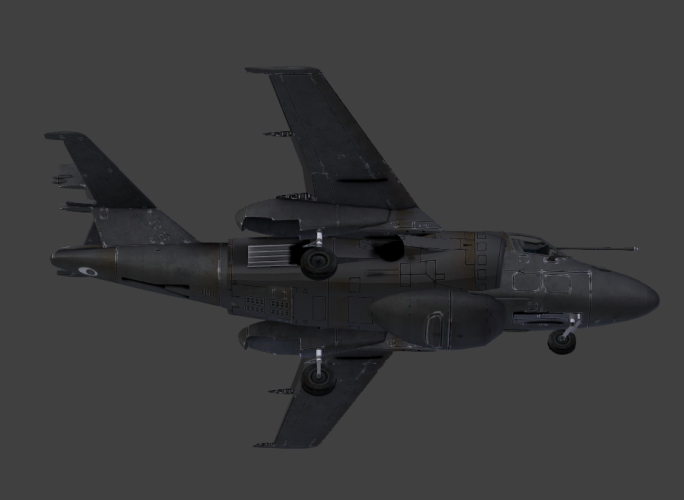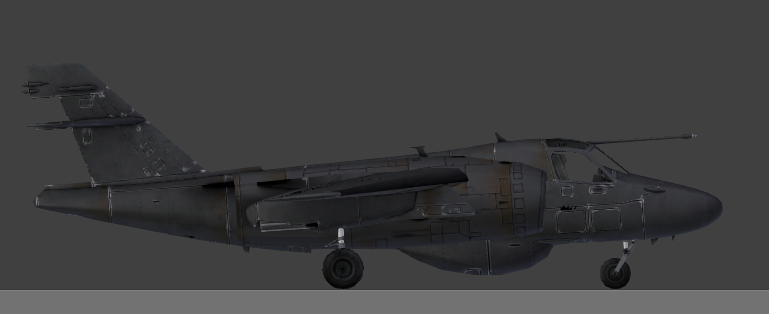Historically, he finished the work on the engine and returned to France circa 1960 where he died in 1963. I suppose ITTL he simply remains in Britain (very possible he would be marked as strategic asset at this point and be watched - just in case) and works on BS100.Okay, so he was already in the UK at least a year before the flip. That would be harder to "alert" him to...
Also, note that he approached French command, NATO, probably Americans - but nobody except the British expressed any interest. The West German VAK 191B was built around the same British concept and Rolls Royce engine (which ITTL they won't have), but apparently it was the Americans who killed it off with Advanced Vertical Strike program -
...which makes the Convair 200 look sane and rational.
Sharky Ward apparently relished the hover capabilities, and wrote they were so intuitive and easy. But that was Ward.I suspect that the Americans are complaining about how hard it is to control in the hover and transition, while the Brits are writing about how it flies.
I think Harriers will still be built, because they would be available earlier, and they are smaller, i.e. you can fit more of them into a ship. But gradually P1154 will supersede them.And I'm assuming that Red UK would go straight for P1154.
Vertical landing, I suppose. Launch always can be catapult/ski-jump (and the latter is purely British invention, and only circa 1970, and never installed on American LHDs for some reason).If you're catapult launching Convair 200s, why do they have lift engines at all?
I would even go as far as imagine (in half-jest) that because US generally leans towards large, expensive and technically complex solutions (every country has it's style), they would probably prefer catapults even on smaller carriers or Sea Control Ships. The ski-jump is a poor man's way to launch, and the USN can hardly have that, right?
The main problem is that we currently approach the issue with definite knowledge of Pegasus success, and that's the hindsight knowledge that disturbs a proper reconstruction. But for the Americans in the 60's (when the development takes place) it's very far from an established fact. We know it, they - and then - didn't, and we have to replicate their way of thinking with their contemporary knowledge. I find it very telling they did not try to replicate the engine or create their own implementation even after actually introducing Harriers into service and having full access to this technology. I may be not sufficiently familiar with US VSTOL projects, but it seems none of them had similar engine configuration, except polishing the Harrier itself, like larger wings, more payload, etc.
The more I look at it, the more it seems to be a pattern where the Pegasus configuration is deliberately rejected by US designers in favour of literally anything else. Why did they have this aversion historically, and why wouldn't they have it ITTL?
Last edited:

